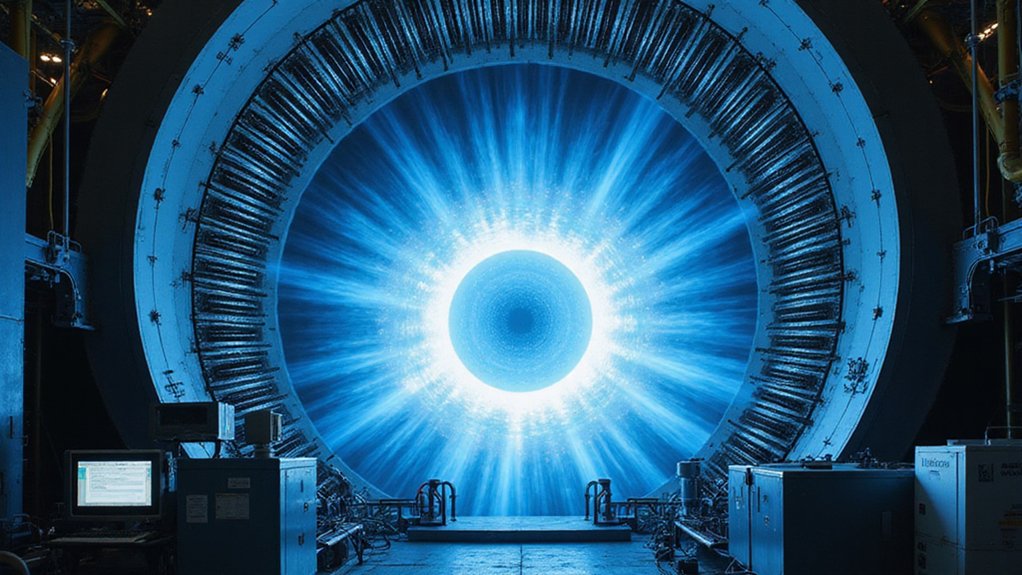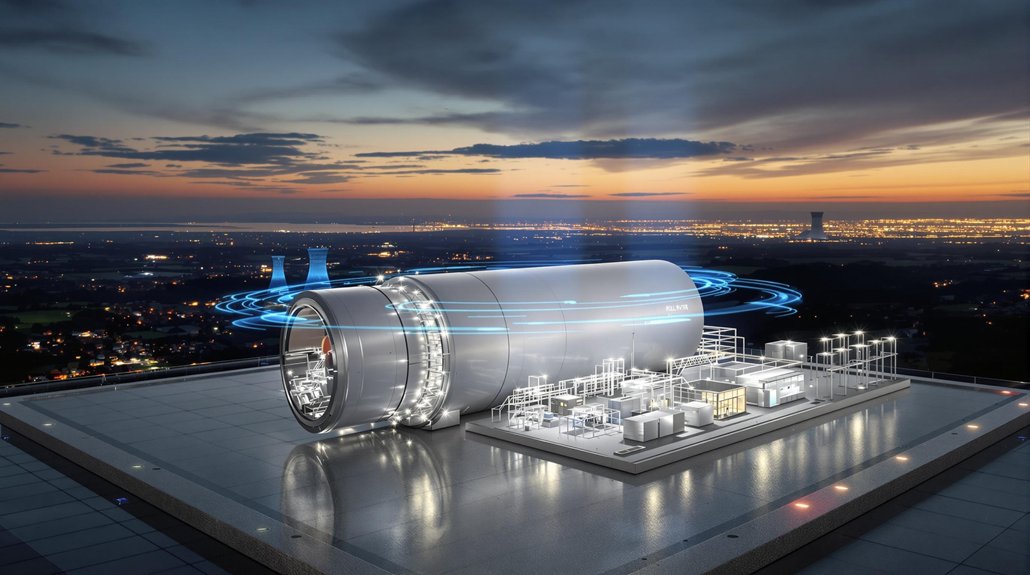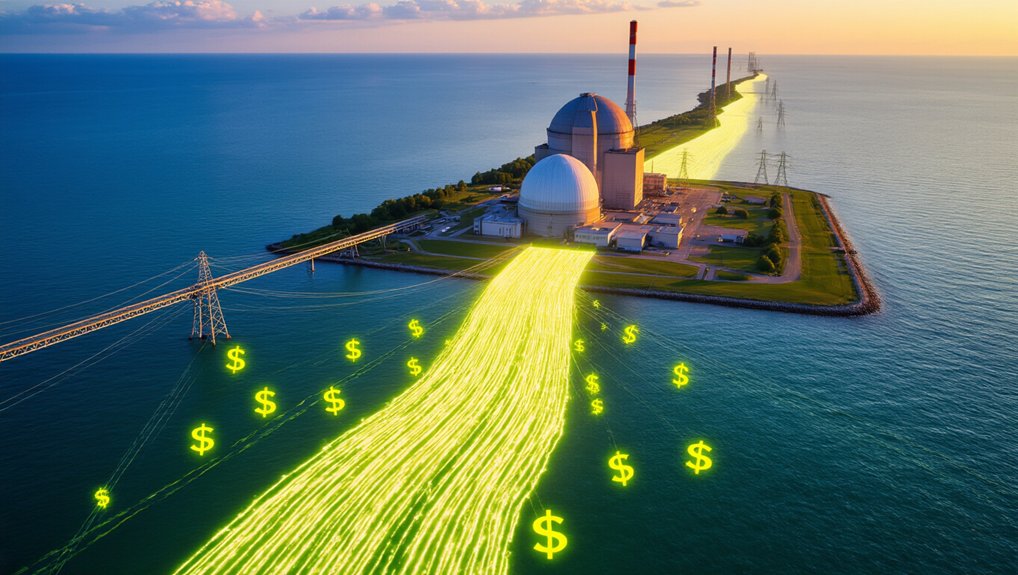While scientists have pursued clean energy for decades, a series of remarkable breakthroughs in nuclear fusion has energized the scientific community in 2025. In March, researchers achieved a sustainable nuclear fusion plasma for 22 minutes, setting a new record for plasma duration. This follows the National Ignition Facility‘s (NIF) seventh successful ignition in February, where they reached a target gain of 2.44.
Nuclear fusion breakthroughs in 2025 continue to shatter records, with a 22-minute sustained plasma and NIF achieving a 2.44 target gain.
The Department of Energy’s NIF facility continues to demonstrate reliable fusion reactions with multi-megajoule energy outputs. Each experiment provides essential data to refine future approaches. Supporting this work, magnetic confinement systems create the necessary conditions to keep the plasma stable at temperatures exceeding 100 million degrees. Scientists expect even greater energy yields in coming months as they increase laser energy inputs.
Private companies have joined the race, with several firms aiming to demonstrate working fusion reactors this year. These companies are developing large machines capable of reaching fusion-friendly temperatures and debuting advanced technologies for containing fusion plasma. The Fusion Industry Association now includes 45 members who have collectively raised over 7 billion dollars to accelerate commercial fusion development. The advancement of fusion technology offers a promising alternative to conventional nuclear power, which despite projected growth rates of 3% through 2026, continues to face significant challenges in the West.
A major physics breakthrough on May 10 solved a 70-year-old particle containment issue that has long stumped researchers. This development could greatly accelerate fusion power development. Meanwhile, the SMART device successfully generated its first tokamak plasma in January, representing another important step toward practical fusion.
Technical advances have played a key role in 2025’s achievements. High-resolution 3D modeling improved understanding of perturbation sources, while researchers identified and solved issues with fill tubes and thin membranes that previously limited performance.
Multiple line-of-sight neutron detectors and new diagnostic tools now provide greater precision in measuring fusion reactions. These breakthroughs validate decades of theoretical fusion research. Scientists have improved computer simulations that now better match and predict experimental results.
The recent achievements demonstrate fusion’s potential as a safe, clean energy source. With further high-energy experiments planned throughout 2025, the dream of virtually unlimited clean energy moves closer to reality. The quest for fusion energy that began decades ago now appears closer than ever to fulfillment.
References
- https://www.science.org/content/article/private-companies-aim-demonstrate-working-fusion-reactors-2025
- https://www.earth.com/news/nuclear-fusion-milestone-brings-clean-energy-closer-to-reality/
- https://phys.org/news/2025-01-smart-closer-nuclear-fusion-plasma.html
- https://scitechdaily.com/scientists-crack-70-year-fusion-puzzle-paving-way-for-clean-energy/
- https://lasers.llnl.gov/science/achieving-fusion-ignition









